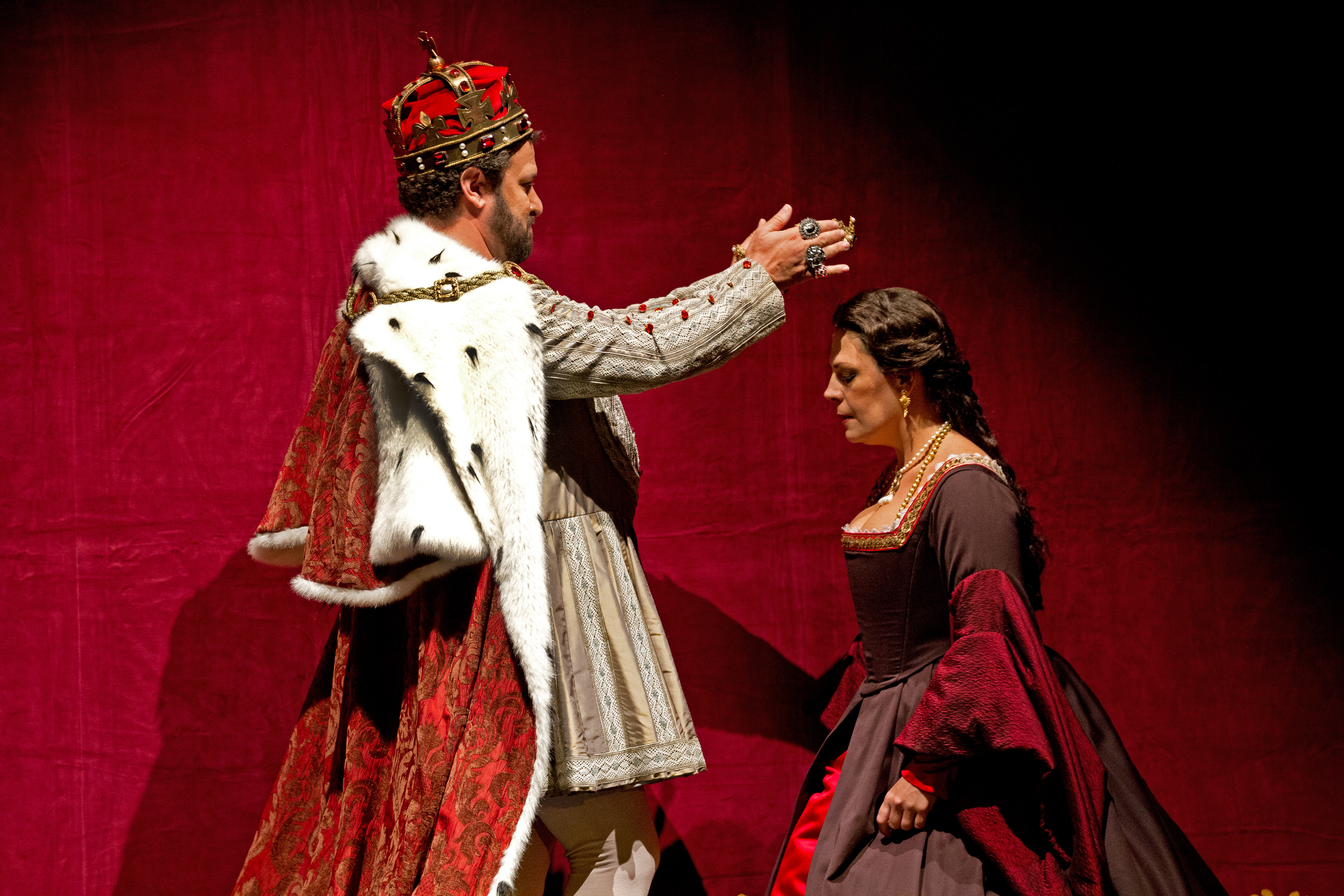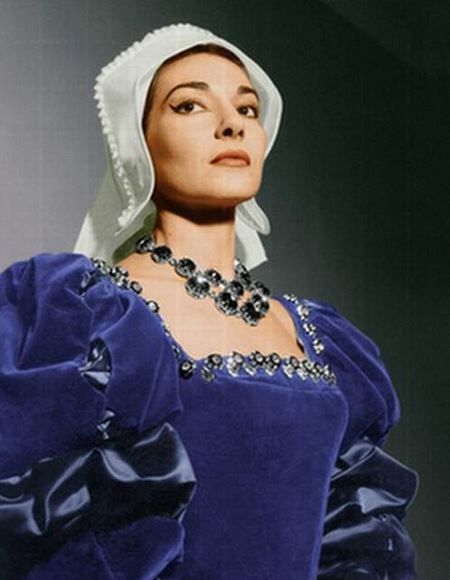-
9 Things to Know About Anna Bolena
By COC StaffPosted in Anna Bolena1. PLOT IN A MINUTE
Henry VIII has tired of his queen, Anne Boleyn, and seeks to replace her with Jane Seymour. Although still attached to her first love, Percy, Anne yearns to save her marriage, while Jane is consumed with guilt at her involvement. Ultimately, Anne is accused of having illicit relationships with three other men (Percy, her brother, and her page) and all four are executed.
2. ANNA BOLENA’S GENESIS
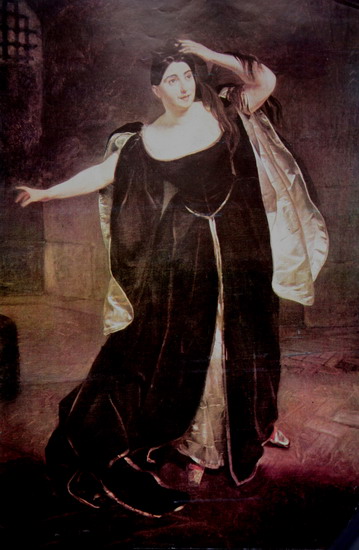
Disgruntled by the way La Scala was being run by its management, the Teatro Carcano in Milan was determined to present an outstanding 1830/1831 season by commissioning Gaetano Donizetti to write a new opera for the opening night of the Carnival season—a position of great prestige. Donizetti’s contract involved an outstanding cast led by soprano Giuditta Pasta and a partnership with one of the finest Italian librettists, Felice Romani. Receiving the completed libretto for his new opera on November 10, 1830, Donizetti travelled to Como where he spent a month completing the score in a villa belonging to Pasta.
3. OPENING NIGHT RECEPTION
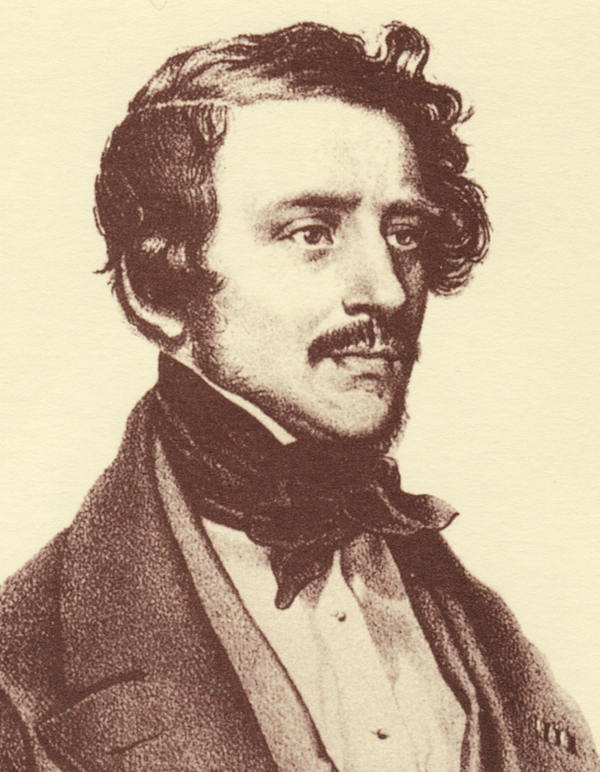
In a letter from Donizetti to his wife, Virginia, the composer describes the reception of Anna Bolena’s premiere in Milan on December 26, 1830: “Success, triumph, delirium: it seemed that the public had gone mad. Everyone says that they cannot remember ever having been present at such a triumph. I was so happy that I started to weep.”
4. THE EVENTS OF SPRING 1536
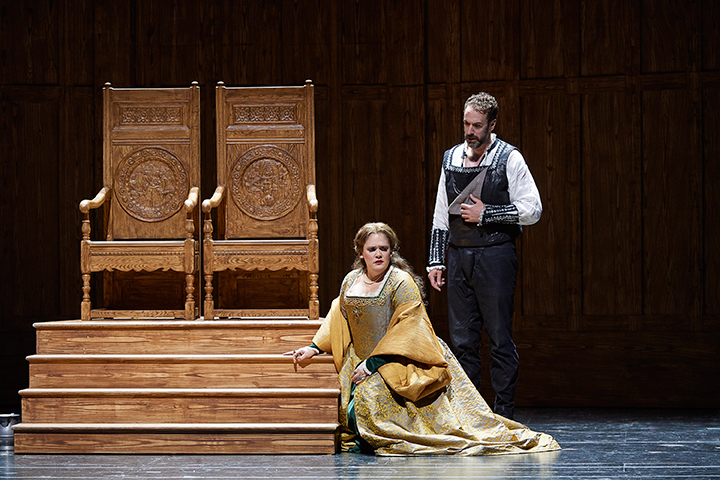
Anna Bolena, set in the spring of 1536, dramatizes the final days of Anne Boleyn—"the most influential and important queen consort England has ever had.”[1]Unhappy with Anne’s failure to produce a male heir, King Henry VIII began searching for ways to depose his wife—influenced by a blossoming romance with Anne’s lady-in-waiting, Jane Seymour. From April 30 to May 15, 1536, a series of charges were laid upon Anne and various members of the royal court, ranging from adultery, to incest and treason. Anne Boleyn pled “not guilty” to all charges, but was sentenced to death by beheading on May 15 and executed four days later.
5. A PRIME EXAMPLE OF BEL CANTO
Bel canto, Italian for “beautiful singing,” is a term associated with a style of singing that dominated the late 18th and early 19th centuries. Operas written in this style are characterized by vocal requirements of beauty and evenness of tone, legato phrasing, and a virtuosic element known as coloratura—the elaborate ornamentation of a vocal line involving runs, trills and extensive vocal leaps. The mad scene at the end of Anna Bolena exemplifies the bel canto style, demanding from its soprano emotional long lines and heart-felt trills during “Al dolce guidami,” and dramatic rapid-fire coloratura in “Coppia iniqua.”
6. THE CALLAS RENAISSANCE
The popularity of bel canto operas by Rossini, Donizetti and Bellini began to fade during the mid-19th century—overtaken by a dense, more fervent approach to singing that was required to sing the works of Verdi and Wagner. Luckily, in the 1950s, a renewed interest in the style arose with the emergence of a new generation of singers with bel canto training. Soprano Maria Callas was one of the principal pioneers of this renaissance, performing the title role of Anna Bolena at La Scala in 1957— and subsequently re-introducing the opera to the standard performance repertoire.
7. THE ELIZABETH CONNECTION
.jpg)
This sumptuous production from acclaimed British director Stephen Lawless completes the COC’s multi-year Donizetti Tudor Trilogy which began with Maria Stuarda in 2010 and continued with Roberto Devereux in 2014. Queen Elizabeth I is a common presence across all three works; Lawless and his team made sure she was not only seen on stage but felt through the many Elizabethan references that include a set design inspired by Shakespeare’s Globe Theatre and, in the case of Anna Bolena, the physical presence of the young Elizabeth.
8. AN IDEAL CAST
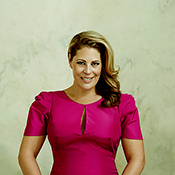
Sondra Radvanovsky as Anna Bolena
“Ms. Radvanovsky’s technical command in this daunting Donizetti role was flawless.” (The New York Times)
Most recent COC appearance: Norma (2016)
 Christian Van Horn as Enrico VIII
Christian Van Horn as Enrico VIIIRecent winner of the 2018 Richard Tucker Award
“…well on his way to stardom” (Opera Wire)
Most recent COC appearance: Carmen (2016)-Dario-Acosta.jpg)
Keri Alkema as Giovanna Seymour
“Brilliant, mesmerizing” (The Globe and Mail)
Most recent COC appearance: Tosca (2017)
9. AN AUTHENTIC TUDOR FEEL
The costumes for Anna Bolena, designed by Ingeborg Bernerth, are a beautiful example of the sense of magnificence that is often associated with Tudor dress—fur, lavish fabrics, jewels and vibrant colours. The accounts of Anne Boleyn from the day of her execution describe her wearing a red petticoat and a grey damask gown, which is emulated not only in one of the main costumes in this production, but in the famous portrait of the doomed Queen. Certainly in copying the piece of jewellery, it’s clear that Bernerth was drawing on some of the best known Tudor portraits to give this production an authentic Tudor feel.
[1] Eric Ives, The Life and Death of Anne Boleyn (2004).
Photo credits: 1. Oren Gradus as Enrico and Sondra Radvanovsky as Anna in Anna Bolena (Washington Opera, 2012), photo: Scott Suchman; 2. Portrait of Guiditta Pasta as Anna Bolena by Karl Bryullov; 3. Portrait of Gaetano Donizetti, artist unknown, circa 1830; 4. Keri Alkema as Giovanna Seymour and Christian Van Horn as Enrico VIII in Anna Bolena, (COC 2018), photo: Michael Cooper; 5. Maria Callas as Anna Bolena; 6. Director Stephen Lawless; 7. Sondra Radvanovsky, photo: Andrew Eccles; 8. Christian Van Horn; 9. Keri Alkema, photo: Dario Acosta; 10. Portrait of Anne Boleyn by unknown artist vs. Sondra Radvanovsky as Anna Bolena, photo: Cade Martin.

